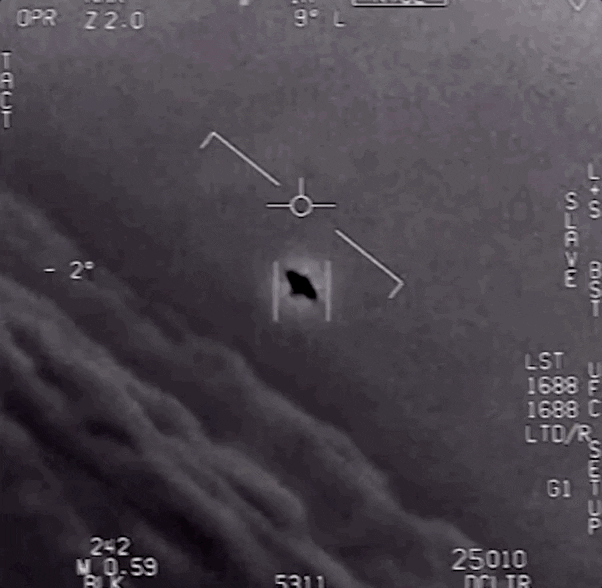On the modern battlefield, it appears drones are here to stay — and the latest development may see them bearing arms far more precise than a bomb or grenade.
Duke Robotics, a private company that specializes in military technology, announced the TIKAD last week, an eight-rotor drone platform capable of carrying and shooting infantry small arms. The TIKAD is one of the small drones to carry direct-fire weaponry like rifles and grenade launchers. Although the company appears to be in the first stages of development, it represents a new force on the battlefields of the future.
Smaller military drones, like the U.S. military’s fixed-wing RQ-11 Raven, are usually used for observation, not direct combat (with the exception of small, kamikaze drones). While guerrilla forces in Syria, Iraq, Ukraine, and other battlefields have utilized commercial quadcopter drones to drop bombs and spy on enemy positions, firing a projectile weapon like a gun from a small airborne platform is incredibly difficult. The recoil of a typical infantry rifle would heavily distort any shot the drone could take, which the TIKAD claims to solve with a complicated rig that it claims “takes the full force of the weapon’s recoil” and readjusts its aim to fire again.
Duke says it has already supplied an early version of the system to the Israeli military, which used it in combat, according to Defense One. They also report the Israeli military has agreed to purchase several TIKAD units.
Duke Robotics was founded by Lt. Col. Raziel “Razi” Atuar, a 20-year veteran of the Israeli military and a reservist in the Israeli Special Forces, who told Defense One he wanted the flying weapons system to address the challenges of precision targets in a dense, urban battlefield. For instance, a larger drone, helicopter, or artillery system can take out hostile forces on top of a building but usually not without significant destructive force.
“You have small groups [of adversaries] working within crowded civilian areas using civilians as shields,” Atuar told Defense One. “But you have to go in. Even to just get a couple of guys with a mortar, you have to send in a battalion and you lose guys. People get hurt. The operational challenge, it bothered us.”
The company’s promotional video — it’s still openly trying to attract investors — features a few shots of a weapon firing from the platform. It’s clear it still has a lot to address to make it a viable weapon (accurate sustained fire at range is important, the video does not show that), however.























